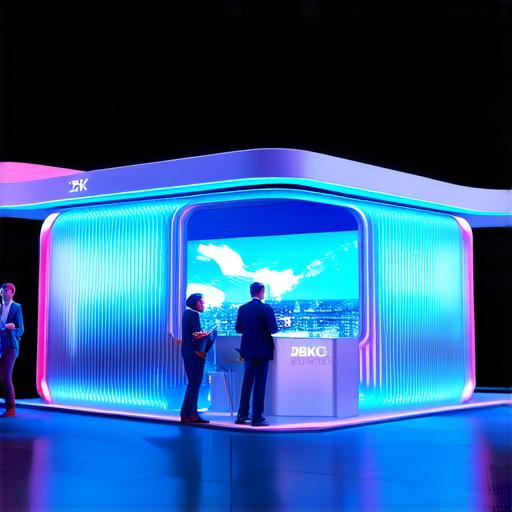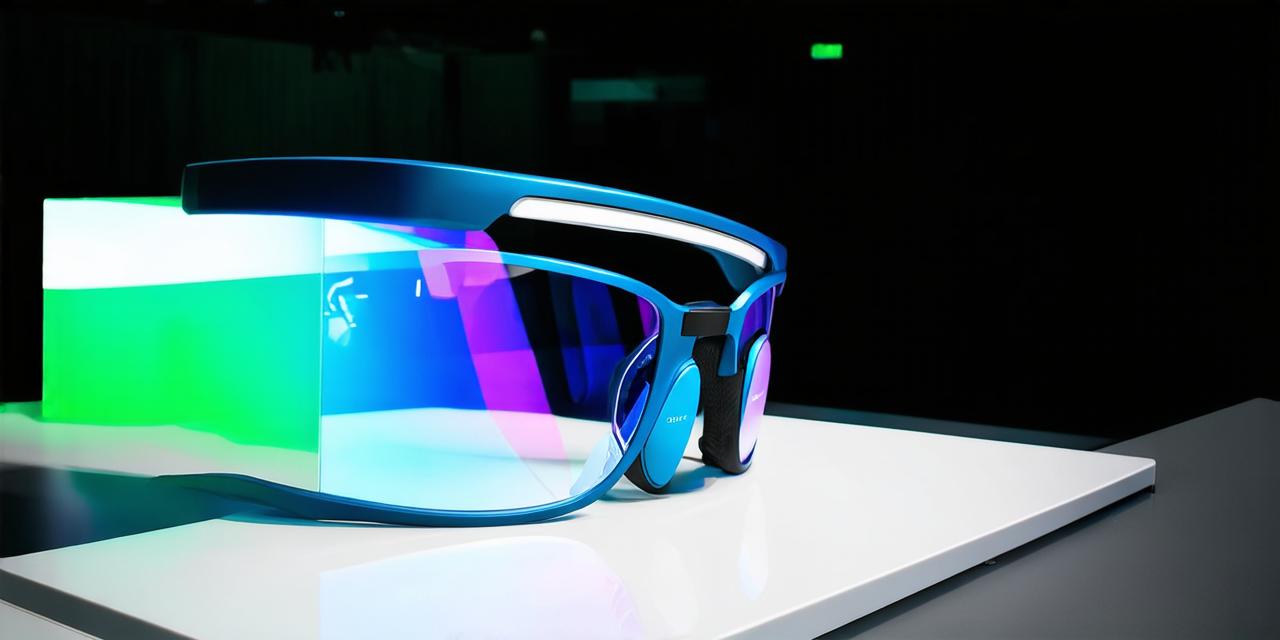Augmented reality (AR) technology is becoming increasingly popular in various industries, including trade shows. AR allows attendees to interact with virtual objects and experiences, creating a more engaging and memorable experience. In this article, we will explore how to implement AR at a trade show effectively.
We will cover the following topics:
- Understanding the basics of AR technology
- Benefits of using AR at a trade show
- Types of AR experiences for trade shows
- How to create an AR experience
- Best practices for implementing AR at a trade show
- Case studies and examples
- FAQs
1. Understanding the Basics of AR Technology
AR technology involves superimposing digital objects onto the real world. It uses sensors, cameras, and algorithms to track the user’s location in space and then overlays virtual objects onto that location. There are two main types of AR:
- Marker-based AR: This type of AR requires a physical marker or target object, such as a QR code or image, which is scanned by a camera to trigger the AR experience.
- Markerless AR: This type of AR does not require a physical marker. Instead, it uses machine learning algorithms and computer vision to recognize and track objects in the real world, such as people or environments.

AR technology can be used for various purposes, such as product demonstrations, interactive installations, and educational experiences.
2. Benefits of Using AR at a Trade Show
Using AR at a trade show offers several benefits, including:
- Increased engagement: AR creates a more immersive and engaging experience for attendees, which can lead to increased interest and memory retention.
- Improved product demonstration: AR allows attendees to interact with products in a more realistic way, helping them better understand the benefits and features of the product.
- Enhanced customer experience: AR technology can be used to create personalized experiences for customers, such as virtual try-on or customization options.
- Differentiation from competitors: Using AR at a trade show can help differentiate your brand from competitors and create a unique selling point.
3. Types of AR Experiences for Trade Shows
There are several types of AR experiences that can be used at a trade show, including:
- Product demonstrations: AR allows attendees to interact with products in a more realistic way, such as by allowing them to see how a product works or how it would look in their space.
- Interactive installations: AR can be used to create interactive installations that allow attendees to engage with the brand and its products in a fun and unique way.
- Educational experiences: AR can be used to create educational experiences that teach attendees about the product or industry, such as by providing information about the history or benefits of the product.
4. How to Create an AR Experience
Creating an AR experience requires several steps, including:
- Defining the goals and objectives of the AR experience
- Identifying the target audience and their needs
- Designing the AR content and user interface
- Developing the AR software and integrating it with the trade show environment
- Testing and refining the AR experience to ensure it meets the goals and objectives
5. Best Practices for Implementing AR at a Trade Show
When implementing AR at a trade show, it is important to follow best practices such as:
- Keeping the AR experience simple and easy to use
- Ensuring that the AR content is relevant and engaging for the target audience
- Providing clear instructions and guidance on how to use the AR experience
- Testing the AR experience before the trade show to ensure it works properly
6. Case Studies and Examples
There are several examples of successful AR experiences at trade shows, including:
- Coca-Cola’s “Share a Coke” campaign: This AR experience allowed attendees to scan a Coke bottle with their smartphone to see a personalized message on the bottle.
